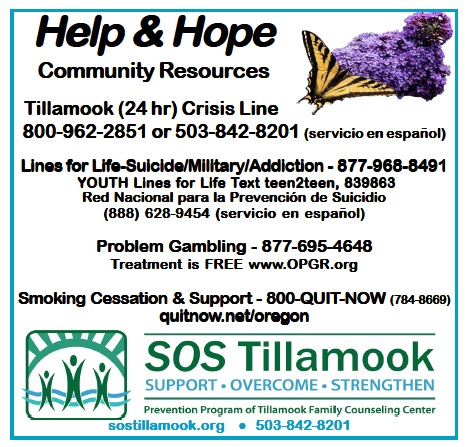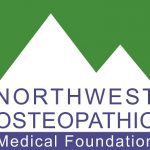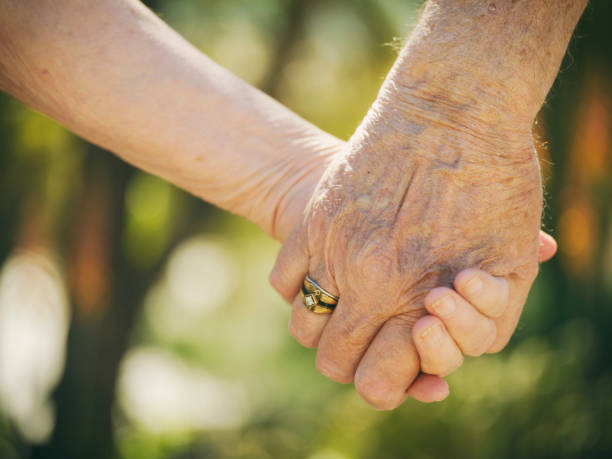
By Linda Tate, Communications Director NW Osteopathic Medical Foundation
Last week we were given a lesson in forgiveness, something we can all benefit from in one way or another, right? Sometimes it’s so hard to forgive, but at the end of the day, it’s what is best for us, and really has little to do with the other person. Something to continue to think about and work at, in my opinion.
This week we tackle the subject of Aging in America – Is Grandma Suicidal?
Baby Boomers. We all know one, or we actually ARE one. They were the fabric of our country post WWII. As the Greatest Generation begins to leave us, the Baby Boomers are stepping into their place as they begin to think about retirement, long term health plans, and the end of their journey.
According to World Atlas.com, Florida has the highest number of residents 65 and older, at a percentage rate of 19.06%. In comparison, Montana ranks 6th at 16.62%, Oregon 9th at 15.97%, Idaho 32nd at 14.38%, Washington State 39th at 14.06%, and Alaska is very last in the nation being 50th at only 9.49%.
Obviously, climate has something to do with this. Florida is warm, and that can be very inviting to someone with arthritis or other health issues. Alaska, while breath taking and majestic, has cold/icy weather for a good part of the year, which would be difficult to maneuver if one had balance or walking issues and joint pain.
So we apparently know where our elderly live, but do we know if they are living well?
The CDC Reports that among the elderly, suicide rates have gone up for both males and females. Per every 100,000 people, females rose from 4.0 in 2000 to 6.2 in 2016. Males saw an even steeper rise weighing in at 22.7 in 2000 and 25.9 in 2016. Even more interesting, however, is the fact that suicides ahead of that 65 year mark have skyrocketed. In the 45 to 64 year old bracket, we saw females at 6.2 in 2000, but at 9.9 in 2016; Males rose from 21.3 to 29.1. In 2018, The Senior Report states that combined, completed suicides for people 65 and over were at 16.6 per 100,000.
The means chosen to complete these suicides was largely poison for females, with fire arms running a close second, and almost exclusively fire arms for males. A full 74% of males ages 65 to 74 used guns, and that number jumps to 81% for the 75 and older crowd.
So why is this happening? The NCBI (National Center for Biotechnology Information) appears to have some studies to help us understand what has gone wrong.
“Developing suicide prevention strategies in older adults is particularly challenging because of a range of factors at the individual, provider, systems, and even social/cultural levels. To the extent that suicide prevention relies on timely and effective detection and treatment of mental disorders, older adults face multiple barriers to the acquisition of care.”
“At the service system level, discriminatory barriers still exist in access to mental health care. Medicare recipients are required to pay 50% of charges for mental health services, rather than a 20% copay for physical health conditions. Older adults tend not to use mental health services, but rather seek care from primary care providers. Affective syndromes may be milder in older adults, expressed as physical symptoms. Their presentations are further complicated by co-morbid medical illness and the multiple medications prescribed to treat them. Older adults are reluctant to talk about emotional problems and are less likely to report depression and suicidal ideation to others. Although doctors see many older people in a typical primary care practice, they often lack specialized training in geriatric care, the information and decision support needed to optimize quality of care, and the time necessary to diagnose affective disorders and assess suicide risk among so many competing demands.”
“Consequently, fewer than half of older people with clinically significant mood disorders are diagnosed with depression in primary care, and of those, a minority undergo treatment for their illness. Among those who are treated, few receive the intervention at sufficient doses and duration to be effective.”
The article goes on to say: “Each year in the United States approximately 32,000 deaths result from suicide, of which more than 5000 (14%) are among people older than 65 years.”

We need to do better. Let’s bring Elderly Suicide out into the light. We need to talk about it. We need to listen to our loved ones, neighbors, friends, and co-workers.
Watch this video to learn the four D’s of suicide risk in older adults…and thank you for reading us…we really do appreciate you. https://youtu.be/QcBzrY1WOfM

For more information about NWOMF see their website at www.nwosteo.org, or David Tate, Executive Director at tate@nwosteo.org or Linda Tate, Communications Director at linda@nwosteo.org, or call 503.263.7878
// The Northwest Osteopathic Medical Foundation is a public charity committed to Advancing Wellness through the Osteopathic Approach. As a charity, we do not represent any medical school, medical association, medical practice, or individual physician.
This blog should not be considered to be medical advice. Your personal health is best discussed one-on-one with your personal physician. Rather, this blog is intended to highlight the distinctive philosophy and practice of osteopathic medicine as expressed by the author and does not necessarily represent the opinion of the Northwest Osteopathic Medical Foundation, or other Osteopathic physicians. The information and opinions are solely those of the author.


